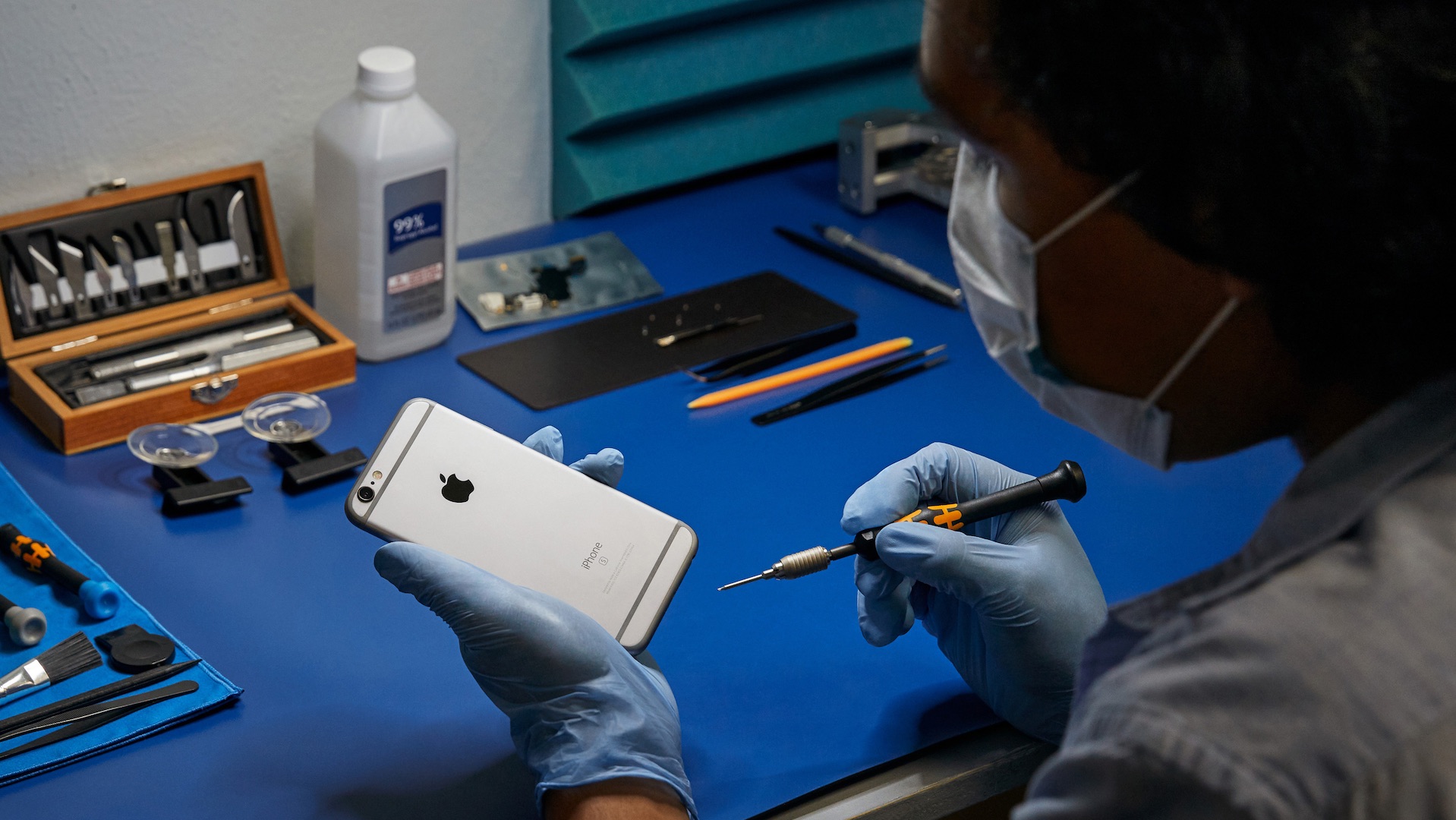SpaceX’s ambitious satellite internet solution, Starlink, has come a long way in development and is now operational in a number of regions – including Norway. The network has impressed in terms of performance in several places, but the growing popularity also has negative consequences.
Ookla, the company behind the Speedtest.net service, have now caught up the performance data for the second quarter of the current year – and they indicate that Starlink’s average performance has dropped significantly.
Low in all countries
Compared to same period last year median download speed decreased in all countries tracked by Ookla over the past year. This trend is attributed to the fact that the number of new Starlink users is growing at a relatively high rate.
In Germany, for example, Starlink’s median download speed has now fallen to 94.68 Mbit/second, from 107.98 Mbit/second in the second quarter of last year. In France, a median download speed of 139.39 Mbit/second was measured last year, while in the second quarter of this year it was 110.98 Mbit/second.
Starlink’s performance in the UK now stands at 85.07 Mbit/sec, compared to 108.30 Mbit/sec in the second quarter of last year.
– Speedtest Intelligence reveals median download speeds for Starlink dropped in Canada, France, Germany, New Zealand, UK and US by 9% to 54% between Q2 2021 and Q2 2022 as more users start using the service, writes Ookla.
Always fast
Despite somewhat reduced performance, it’s important to point out that Starlink is still no slouch. In Ookla’s latest report, Starlink still outperforms the usual terrestrial internet solutions in 16 European countries – in some cases by a pretty solid margin.
In the Netherlands, for example, the median download speed was measured at 122.43 Mbit/second, while the figure for terrestrial services was 103.11 Mbit/second on average across all providers. The only country neighboring Norway on the list is Sweden, where Starlink performance is 107.96 Mbit/second, compared to 100.36 Mbit/second for terrestrial services.
Norway is therefore not yet included in the list, probably because Starlink is still in its initial phase here on the mountain.
As Digi.no said, Starlink’s performance exceeded 100Mbps in 15 European countries in March this year in downlink speed, but in many cases Starlink lags significantly behind terrestrial services in speed uplink. Generally, Starlink can’t compete when it comes to latency either.
Starlink continues to grow at a rapid pace, and this weekend Could Say SpaceX CEO Elon Musk that more than one million terminals have now been produced. The solution gradually started to be available in parts of Norwayparticularly in the far south, but should be extended to the whole country in the first quarter of next year.

“Music practitioner. Passionate bacon fanatic. Reader. Food enthusiast. Alcohol nerd. Gamer. Twitter maven.”







